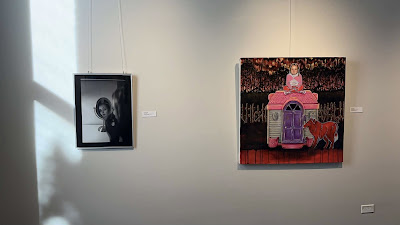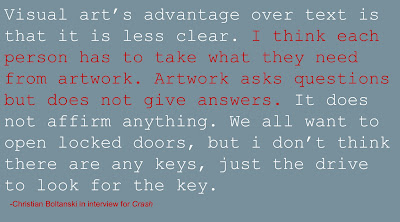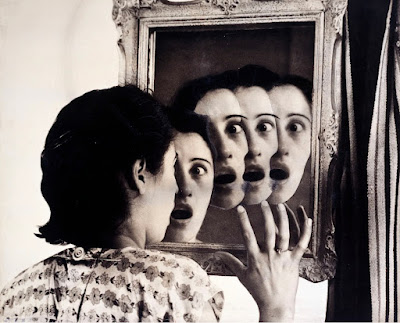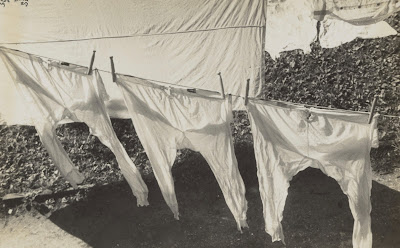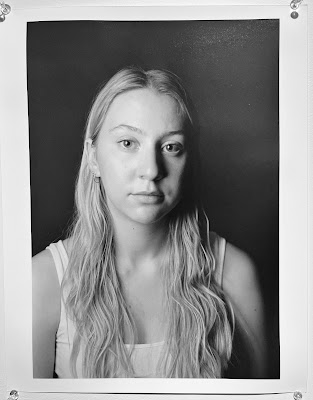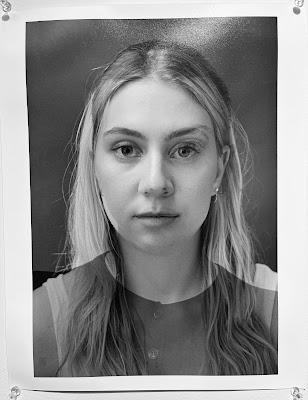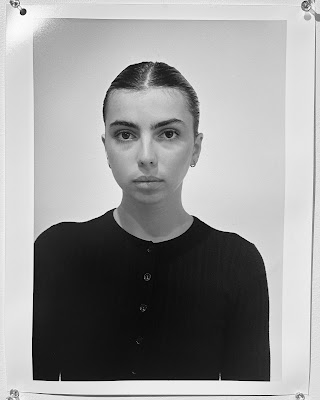For the last project we were asked to respond to a monologue from the play Garden Party by Václav Havel. In this monologue the character Hugo delivers a statement about how human beings are essentially unfixed and ever-changing, and that the very nature of existence itself is fluid. This is empathized best to me in the verses about how “A” can be “B” (and so forth) and the quote “We all are a little bit all the time and all the time we are not a little bit; some of us are more and some of us are more not; some only are, some are only, and some only are not; so that none of us completely is and at the same time each one of us is not completely…”
This idea that we exist in a constant fluid state and that we could be a completely new person tomorrow me thinking what, if any, parts of our body/existence prove a past, exist in the present, and we know will remain the next day. This led me to the ideas of permanent marks on our skin, like scars and stretch marks, because we know that they can only exist because of an event/growth in the past, and, that unlike the more ambiguous and highly changing other aspects of our body and skin, these remain fairly consistent until death. The way I look at it, there is no proof that my hand used to belong to my 10 year old body, but the scar on my arm that I got that year proves I was once 10.
Initially I wanted to photograph my own scars and stretch marks for this project but this was too difficult to do myself (as I still wanted to be behind the camera). Instead a few of my friends volunteered to have themselves photographed (both scars and stretch marks). The photos were taken on hp5 35mm film with my fujica st-801, then scanned, edited, and printed digitally.








